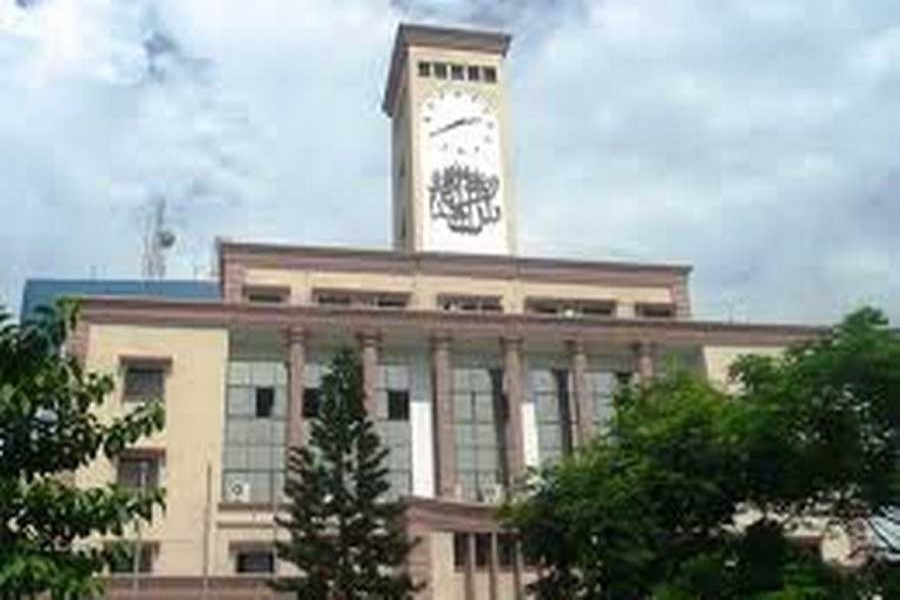
Published :
Updated :

In last nine years since 2008, about 416,091 structures were built in the area under the city development authority Rajuk and, of them, only 10.88 per cent or 45,288 got approval, a report said.
Besides, 173 structures obtained certificates of occupancy during the period, the field report of the Rajdhani Unnayan Kartripakkha (Rajuk) added.
The city development authority has taken an initiative to demolish unauthorised structures within its jurisdiction.
According to the DAP (Detailed Area Plan) physical feature survey 2015-16 and DAP 2010, out of a total of 4,790 structures, only 0.06 per cent were permitted and 99.94 per cent took no permission.
However, DAP 2016-35 project director Ashraful Islam told the FE that the previous list of permitted structures was faulty. There was no consistency of the occupancy type mentioned in the Building Code 2008 and in the land use rules under the DAP.
Citing an example, he said that in the DAP 2010 a barber shop has been shown as an essential service in a residential zone.
But in the Building Code 2008, essential services have been shown under the commercial zone.
Likewise, residential hotels have been kept under residential zones in the Building Code while those are included in commercial zones in the DAP.
"Besides, there was no rule to issue any certificate of occupancy before 2008. We should consider those structures which have been constructed after making the certificate of occupancy mandatory in 2008," he said.
As per the Rajuk estimate, 80 per cent of the structures in the Rajuk area have been constructed violating the Building Code 2008 or without following the approved designs.
"Now we are not issuing any certificate of occupancy except for some cases as the owners are flouting rules in most cases," said Mr Ashraf.
It was also found from the report that Rajuk didn't take any proper and timely initiative to disseminate the plan to the agencies working within Dhaka metropolis.
At a Participatory Rapid Appraisal (PRA) session which was held on 2016-2017, it has been found that many local governments like union councils and municipalities did not know about the DAP. Even many union councils were not aware that they were within the Rajuk's jurisdiction.
As per the field report, about 25 per cent local governments have no idea about the DAP while 25 per cent are familiar with the name, 36 per cent have the basic idea and 14 per cent have the significant level of understanding.
Building Construction (BC) Rules state that any site which covers an area of 200 square metres should be the provision for a parking facility.
From the physical feature survey under the DAP project, it has been found that 2,143,205 structures exist within the Rajuk area, of which 512,640 structures are pucca.
The physical survey reveals that about 44,818 structures within the Rajuk area have the provision for parking facilities. They account for only 8.74 per cent of the total pucca structures and, of them, about 93 per cent are within Dhaka central region.
As per the Revised Strategic Transport Plan (2016-35), 195,400 private cars were found in greater Dhaka area in 2013.
When asked, Mr Ashraf said Rajuk proposed parking rules in view of the fact that there is no need for parking facilities at all the residential buildings like four-storey ones.
Rather, Rajuk discourages private cars and promotes use of public transport, he added.
"We will emphasise construction of community- based parking lots which will be initiated and operated by private entrepreneurs. There are no spots identified, but we will fix the number of maximum parking lots for a community," he said.
Rajuk sources said parking spaces have been made mandatory in the Building Code for all kinds of buildings including residential, commercial and other ones. People keep parking spaces, but later they use them for other commercial purposes.


 For all latest news, follow The Financial Express Google News channel.
For all latest news, follow The Financial Express Google News channel.